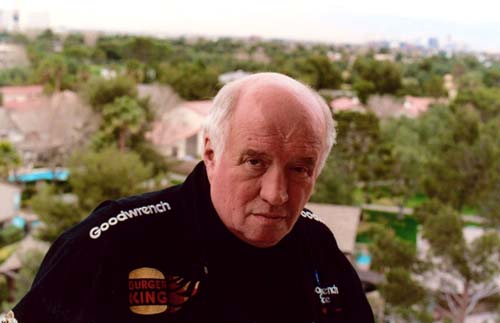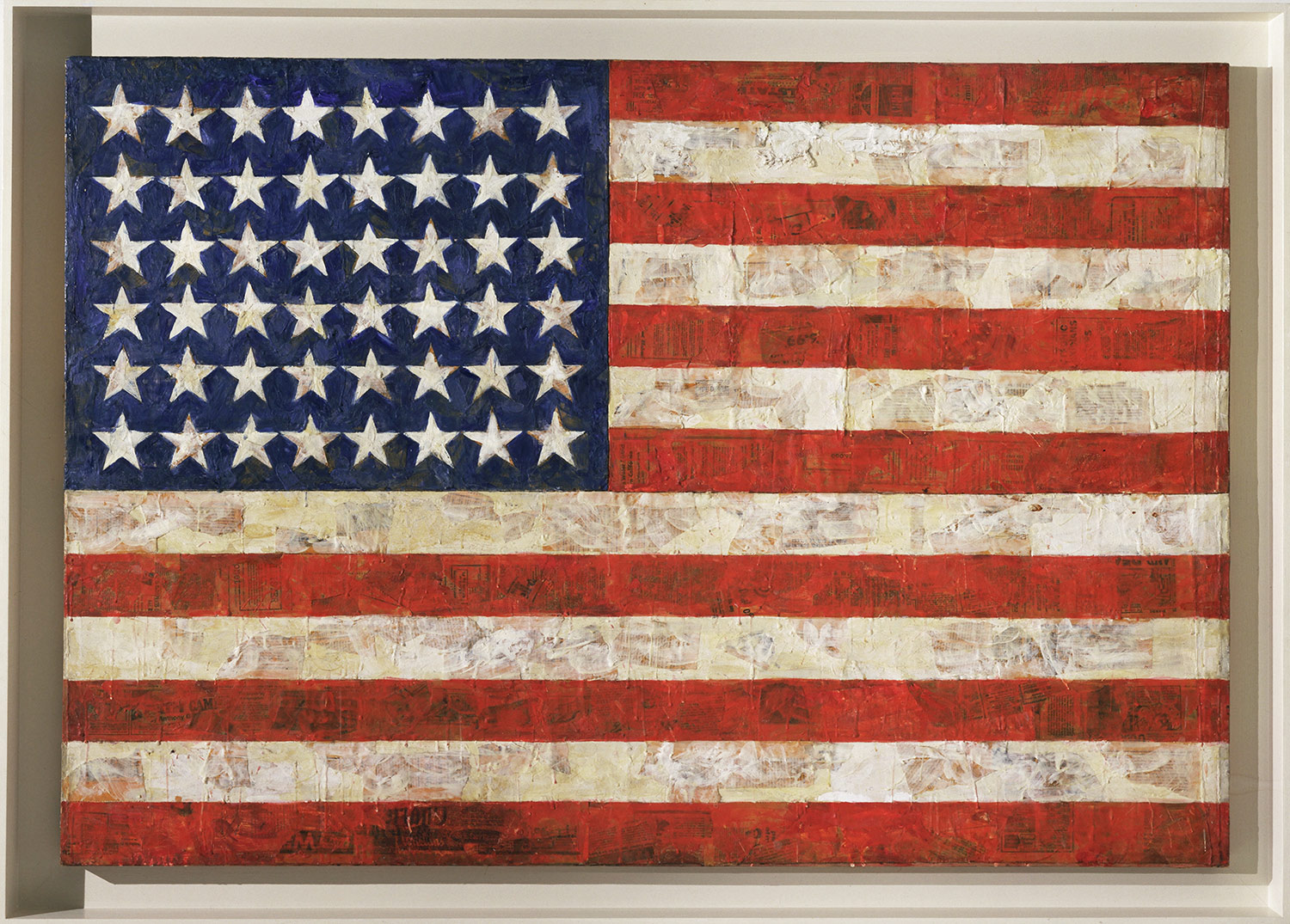Project Deseret
 Jami and I are big fans of the Mormon Stories podcast and are thrilled that John Dehlin has been posting content so regularly during the past few months. Back when John was trying to decide if he should continue the podcast, and had issued an open call for submissions, I even went so far as to interview my own grandfather. Unfortunately the sound quality was miserable, though I hope to repeat the interview next time I'm in the States, since my grandfather is a pretty fascinating guy , a lifelong educator in the arts, and his recent work is about his great grandmother's visions. I was also anxious for Mormon Stories to make good on its pledge to discuss the arts, which, looking back over the feed, has only been lightly touched on in the podcasts about Deseret Books' acquisition of Seagull Book and Tape and Covenant Communications, particularly the interview with Ken Larsen of the Mormon Artists Group (a group to which my friends Annie and Kah Leong Poon belong, lucky New Yorkers). Well it's been nearly two years (I see 30 Dec 2005 as the date for the original Kiddie Baps episode) and Mormon Stories finally has a podcast about art on its feed, sure it's somebody else's podcast, but hooray anyway. Ashley Sanders, primary organizer of Alternative Commencement at BYU, has initiated the Project Deseret Podcast, a sort of Mormon-flavored This American Life (this is what my friend Trent was trying to do with Moderates Among Us, but then he and his wife had a kid, and he "pod-faded" after only two episodes). The format of the inaugural episode is somewhere between TAL and Mormon Stories itself, minus the obligatory back-story from the interviewees. We'll see how the project develops, but thus far the content is excellent even though the technical execution could use some polish (hey, I understand, that's why no interview with Brent Wilson has graced the bloggernacle yet).
Jami and I are big fans of the Mormon Stories podcast and are thrilled that John Dehlin has been posting content so regularly during the past few months. Back when John was trying to decide if he should continue the podcast, and had issued an open call for submissions, I even went so far as to interview my own grandfather. Unfortunately the sound quality was miserable, though I hope to repeat the interview next time I'm in the States, since my grandfather is a pretty fascinating guy , a lifelong educator in the arts, and his recent work is about his great grandmother's visions. I was also anxious for Mormon Stories to make good on its pledge to discuss the arts, which, looking back over the feed, has only been lightly touched on in the podcasts about Deseret Books' acquisition of Seagull Book and Tape and Covenant Communications, particularly the interview with Ken Larsen of the Mormon Artists Group (a group to which my friends Annie and Kah Leong Poon belong, lucky New Yorkers). Well it's been nearly two years (I see 30 Dec 2005 as the date for the original Kiddie Baps episode) and Mormon Stories finally has a podcast about art on its feed, sure it's somebody else's podcast, but hooray anyway. Ashley Sanders, primary organizer of Alternative Commencement at BYU, has initiated the Project Deseret Podcast, a sort of Mormon-flavored This American Life (this is what my friend Trent was trying to do with Moderates Among Us, but then he and his wife had a kid, and he "pod-faded" after only two episodes). The format of the inaugural episode is somewhere between TAL and Mormon Stories itself, minus the obligatory back-story from the interviewees. We'll see how the project develops, but thus far the content is excellent even though the technical execution could use some polish (hey, I understand, that's why no interview with Brent Wilson has graced the bloggernacle yet).After a TAL style story about Mormon Jesus-kitsch the bulk of the podcast is an hour-long interview with BYU humanities professor George Handley. I found myself nodding my assent to the discussion, the careful treatment of quotes by general authorities regarding the arts and artists, Handley's admonition that we should engage the world, his radically expanded notion of tradition, his desire to divorce Mormon culture from American culture and commercialism, until the near the end of the interview, where he gives a disappointing list of what he seems to think are exciting projects for a young LDS artist:
...I alluded to T.S. Eliot earlier, and I am not remembering the title of one of my favorite poems by him, but he talks about building the kingdom of God is just as much the work of a poet as it is a stone mason, and that we should remember that we have that responsibility and that opportunity, and that kind of art that maybe is less identified as immediately useful to the building of the kingdom in terms of crafts and building buildings and so on, but writing poems and painting paintings that aren't necessarily going on murals in temples, or whatever, but if you're painting an individual portrait, or painting a landscape, or writing a poem about an experience in the mountains, or writing a novel about day to day living in Utah Valley, whatever it might be, that too is building a sensibility and building a world orientation that is extremely important. So I guess it's just to underscore the fundamental importance that president Kimball gave to the arts that I don't think has been revoked by anybody since...
A portrait, a landscape, a poem about the mountains, a novel about Utah Valley (Terry Tempest Williams anyone? No wait, she's good!). Are these really the important projects somehow left outstanding and untouched after generations of LDS artists? When the murals for the Salt Lake Temple were being prepared the church sent a group of artists to study in Paris, the epicenter of the art world at that time. Instead of returning to Utah as careful and accomplished academic painters, the most conservative course available to them, they came back as Impressionists, firmly planted in the movement that stood on the brink of the radical transformation of art that would be Modernism. They were not afraid of engaging with the artistic avant-garde of the day, and they understood that the centrality of light in the Impressionist project resonated with the centrality of light and truth in LDS doctrine. Over 100 years later Impressionism has ossified and become a benchmark of conservatism and all-round fuddy-duddyness, so it might be difficult to understand how radical it once was. In contemporary terms, this would be as though President Hinkley had sent artists to study at UCLA, SVA, Yale, or Columbia, where they would learn from the likes of Mike Kelly and Kara Walker. Ooh! Imagine that, a Mormon Kara Walker making prints for our temple waiting rooms and chapels. The sad fact is that as Mormons we ignore our best artists, those that chose to take on the contemporary art world on its own terms, rather than pander to the kitschy sensibility of a church culture that confuses a political party for a priesthood auxiliary organization, and cloying sentimentality for high art.
I'm probably being too harsh with Handley. Like I said, I agreed with most of his points, but the the fact that his list of artistic projects that could help build the kingdom was so uninteresting made me wonder if he'd been serious after all. He is a writer, and writers like things with a history they can contextualise, and a narrative that makes sense. Historically artists have made their fair share of portraits and landscapes, and they continue to do so in the present day, so it's fair enough to characterize their endeavors in those terms. But the fact that an LDS writer and professor of the humanities, someone engaged in advocating and defending the arts in an LDS context, has such a narrow view of the visual arts, and such uninteresting ideas about writing is discouraging (where's our Nabokov? where's our Borges? to lament past greats). This is why when I tell church members that I'm a sculptor their next question is what material I use, and why when I answer, "plants, food, plywood, hair, my own body (to name a few)," I usually elicit a blank stare. How can artists talk to the rest of the church in a meaningful way if we don't even understand one another's projects in terms that make sense? So I hope that as Mormon Stories and Project Deseret continue their discussion of the arts in the Church it will expands the listenership's notions of what contemporary art actually is rather than relying on outdated notions of how artists work.


